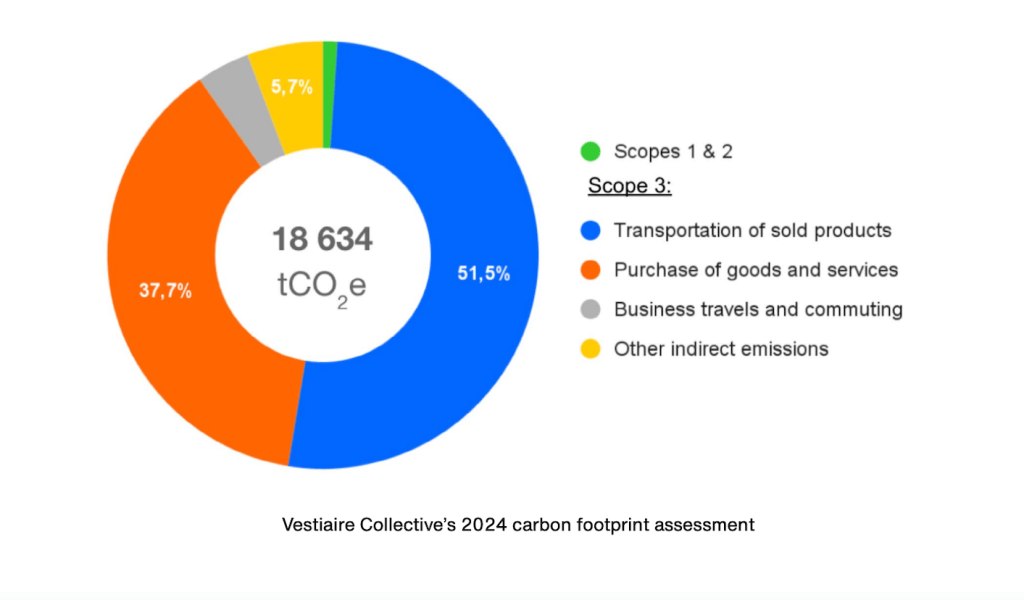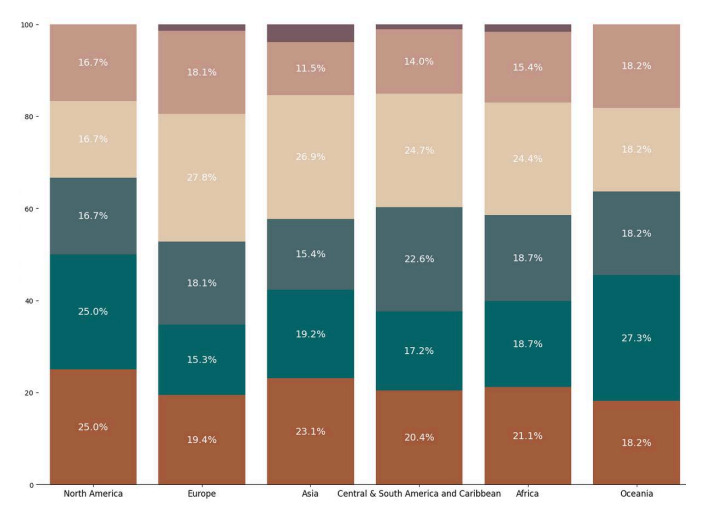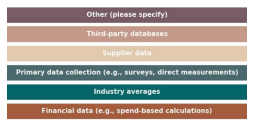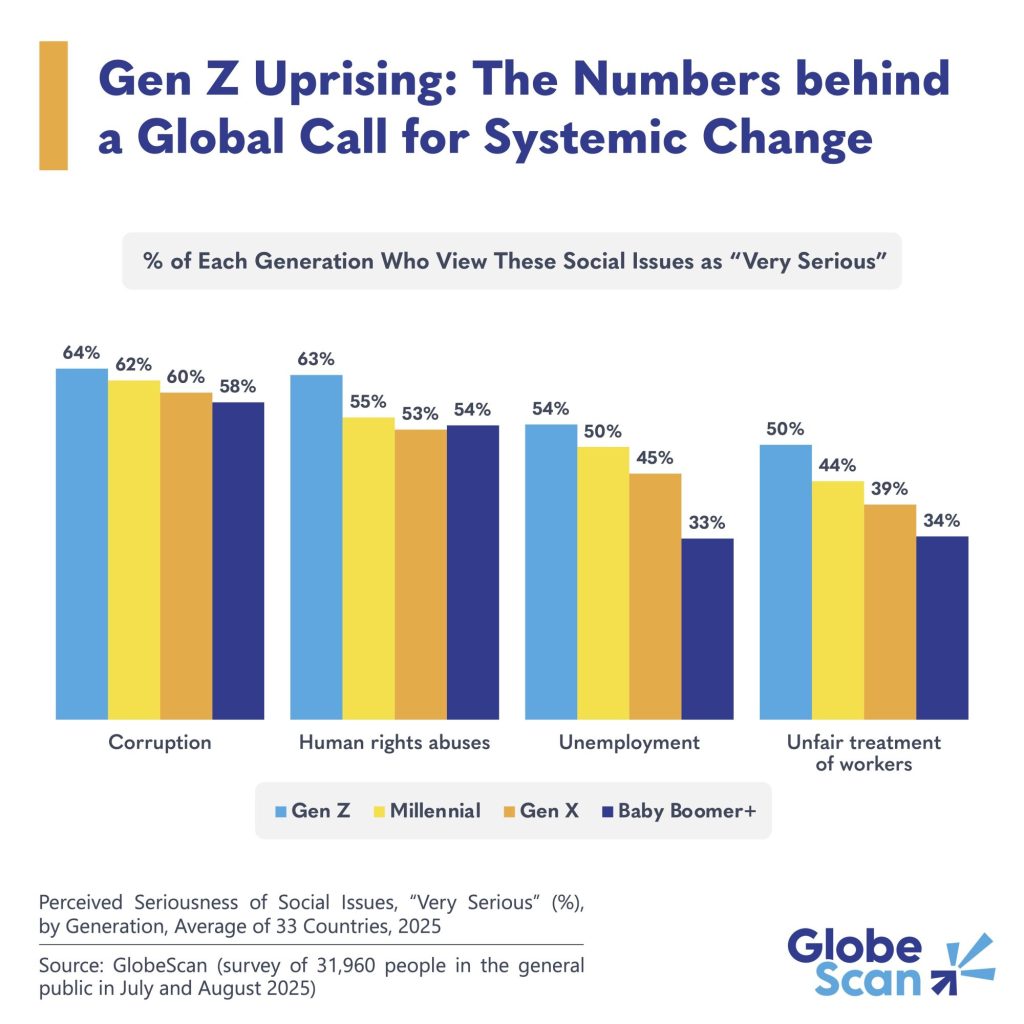The opinions expressed here by Trellis expert contributors are their own, not those of Trellis.
The closure of the Net Zero Banking Alliance in early October wasn’t a surprise to anyone paying attention.
What started four years ago as a bold alliance of nearly 150 banks — together managing over $75 trillion in assets and pledging to align their lending with net-zero carbon emissions by 2050 — ended with an almost embarrassing dissolution as final members voted to cease operations after months of high-profile defections, political pressure and a steady erosion of commitments that had been watered down to the point of meaninglessness.
This failure demands our attention because it forces us to confront uncomfortable truths about the nature of voluntary cooperation, the power of political backlash and the gap between stated intentions and measurable outcomes. If we’re serious about addressing climate change through financial systems, we need to understand why the alliance failed — and we need to be honest about what actually works.
The illusion of voluntary commitment
Let’s begin with first principles. The alliance rested on a foundational assumption that major financial institutions, facing the physical and transition risks of climate change, would voluntarily constrain their most profitable activities in service of a collective good.
Consider the incentive structure. A bank’s fiduciary duty runs to its shareholders, not to the atmosphere. Oil and gas financing remains extraordinarily lucrative. Between 2016 and 2024, the world’s largest banks channeled $7.9 trillion to fossil fuel companies — despite the banks touting their own climate commitments. The banking alliance did nothing to change this fundamental calculus. It provided cover, not constraint.
From an impact investing perspective, this represents a category error that should have been obvious from the outset. Real capital allocation decisions — the kind that move markets and reshape industries — are driven by three forces: regulatory requirements, fiduciary obligations and demonstrable financial returns. Voluntary pledges might influence behavior at the margins, but they cannot override core economic incentives. The alliance tried to substitute moral persuasion for structural change and the result was entirely predictable.
The neuroscience of belief offers insight here. When we commit to an abstract principle such as “net zero by 2050,” our brains encode this as a virtuous intention — we receive a small dopaminergic reward for identifying with the moral position. But this reward is disconnected from the behavioral mechanisms that would actually produce the outcome. The banks experienced the psychological benefits of membership while continuing to finance fossil fuels at scale.
This isn’t hypocrisy in the traditional sense; it’s the predictable result of misaligned incentives meeting human cognitive architecture. To take a more cynical view, it may reflect less on human weakness and more on a deliberate calculation by bank decision makers concerned with the optics of commitment and participation.
The collapse: Political reality meets corporate resolve
The exodus began in December 2024 when Goldman Sachs withdrew, followed rapidly by other Wall Street giants including JPMorgan, Citi, Bank of America, Morgan Stanley and Wells Fargo. By summer, major international institutions HSBC, UBS and Barclays had also departed. The alliance’s assets under management plummeted from $75.5 trillion in November 2024 to $42.2 trillion by August.
While many alliance watchers would say the proximate cause was political, I’d argue that political pressure only accelerated failures that were already inevitable. The banks didn’t leave because they were forced to; they left because the costs of staying had begun to outweigh the benefits, and those benefits had always been largely reputational.
This reveals something crucial about the architecture of collective action on climate. When the political winds shift — and they will shift, repeatedly, across the decades required for the energy transition — voluntary commitments evaporate. This isn’t a moral failing; it’s a structural feature of systems governed by quarterly earnings reports and electoral cycles.
What actually works: Moving beyond performance
If voluntary alliances are insufficient, what will drive meaningful capital reallocation toward climate solutions? The evidence points to three mechanisms, none of which the alliance meaningfully advanced:
-
- Regulatory requirements with enforcement mechanisms. The European Union’s sustainable finance regulations, however imperfect, create legal obligations that cannot be abandoned when political winds shift. They embed climate considerations into the operational fabric of financial institutions rather than relying on discretionary commitments. This isn’t ideological preference — it’s recognition that durable change requires changing the rules of the game, not asking players to voluntarily play differently.
-
- Demonstrable financial returns in climate solutions. The renewable energy sector regularly delivers competitive returns with decreasing technological risk. Battery storage, green hydrogen and electric vehicles represent genuine investment opportunities. Capital flows toward these sectors not because of moral commitments but because the risk-adjusted returns increasingly justify the allocation. Impact investors and enterprises should lead with the “magnitude of the opportunity” rather than appeals to altruism, or even measurable impacts. Drop those in the appendix.
-
- Transparency and accountability mechanisms that create reputational and legal consequences for material misrepresentation. This is distinct from voluntary pledges. When banks must disclose financed emissions with the same rigor they disclose credit risk, when greenwashing carries genuine legal liability, behavior changes. Not because hearts change, but because the cost-benefit analysis shifts. (The Eighth Circuit Court of Appeals paused the U.S. Securities and Exchange Commission’s litigation about its climate-risk disclosure rule last month.)
Honest assessment and action steps
The demise of the net zero banking alliance should prompt uncomfortable but necessary questions. How many other climate initiatives in the financial sector rest on similarly fragile foundations? How much of what passes for climate action is actually performance designed to forestall regulation? And most importantly: what would genuinely effective climate finance look like?
For business leaders, those committed to climate action through finance can:
-
- Use the Science Based Targets initiative, which launched its Financial Institutions Net-Zero Standard in July, to help set goals.
-
- Engage banks on specific projects by focusing on concrete, low-carbon transactions (clean power, green steel, renewable fuel) rather than abstract commitments.
-
-
- Work with values-based banks, which you can find via the Global Alliance for Banking on Values, with more than 70 values-based banks with $265 billion in assets. There’s also Equator Principles Banks composed of 128 financial institutions using environmental/social risk frameworks for project finance and B Corp Certified Banks including Amalgamated Bank, Beneficial State Bank and Sunrise Banks.
-
The demise of the banking alliance is clarifying rather than demoralizing because it forces attention toward interventions that might actually work. And it reveals which institutions are genuinely committed to transition (largely smaller, mission-driven banks and credit unions) and which are mostly engaged in reputation management.
The post A reckoning with reality: Lessons from the demise of the Net Zero Banking Alliance appeared first on Trellis.








